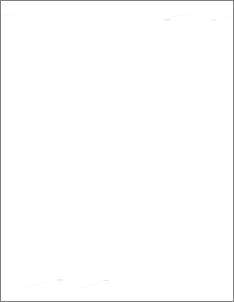Citation
Mohd Jani, Siti Jariani and Abu Bakar, Rosenani and Abd. Wahid, Samsuri and Juraimi, Abdul Shukor and Kuntom, Ainie
(2010)
Adsorption and desorption of glufosinate ammonium in soils cultivated with oil palm in Malaysia.
Malaysian Journal of Soil Science, 14.
pp. 41-52.
ISSN 1394-7990
Abstract
In Malaysia, glufosinate ammonium (GLUF) is a commonly used herbicide in oil palm plantations to control broad-leaved weeds and grasses. Adsorption and desorption of (GLUF) were studied using the batch equilibrium technique in four mineral soils, Inceptisols (Selangor), Oxisols (Munchong) and Ultisols (Serdang and Rengam) series and peat (Histosols) collected under oil palm cultivation from 0-15 cm and 15-30 cm depths. Adsorption coefficients of the herbicide were correlated with soil properties i.e. organic matter content, clay content, cation exchange capacity (CEC) and pH. The concentrations of GLUF used were (0, 0.25, 0.5, 1, 1.5, 3, 5 and 10 μg/mL). The adsorption and desorption isotherms were fitted using linear and Freundlich equations. Adsorption of GLUF was in the following order: Selangor > Rengam> Munchong> peat > Serdang. The results indicate that the adsorption of GLUF is positively correlated only with clay content. The high sorption of the Selangor soil could be explained by the high clay content in Selangor series soil compared to the other soil series. However, the order of GLUF desorption was in the following order: Serdang> peat> Munchong> Rengam> Selangor. Results indicate that adsorption of GLUF was mainly on the clay fraction of the soil and the binding strength of adsorbed GLUF was high as indicated by the order of GLUF desorption from the soils.
Download File
![[img]](http://psasir.upm.edu.my/style/images/fileicons/application_pdf.png)  Preview |
|
PDF
Adsorption_and_Desorption_of_Glufosinate_Ammonium.pdf
- Published Version
Download (268kB)
|
|
Additional Metadata
Actions (login required)
 |
View Item |

